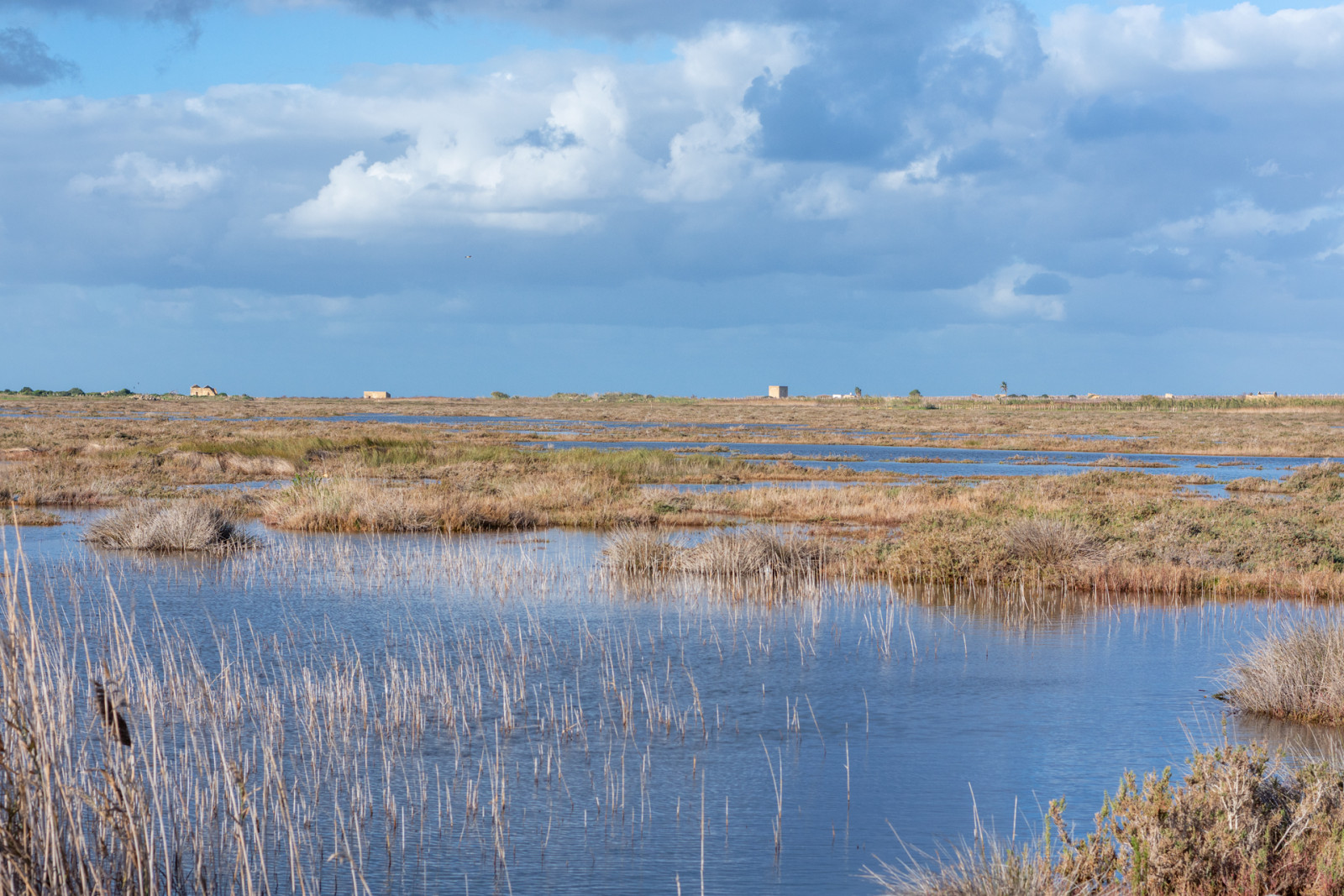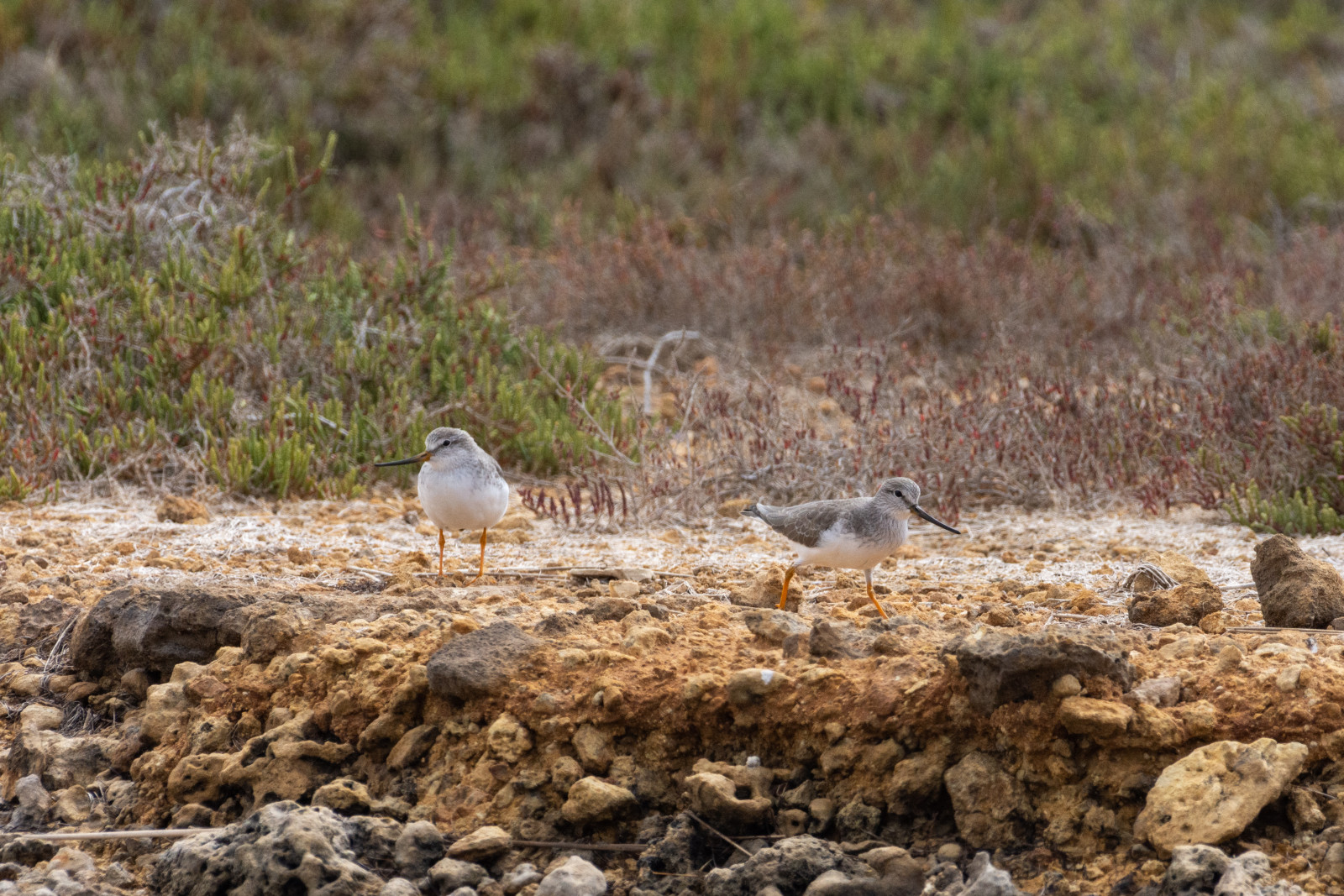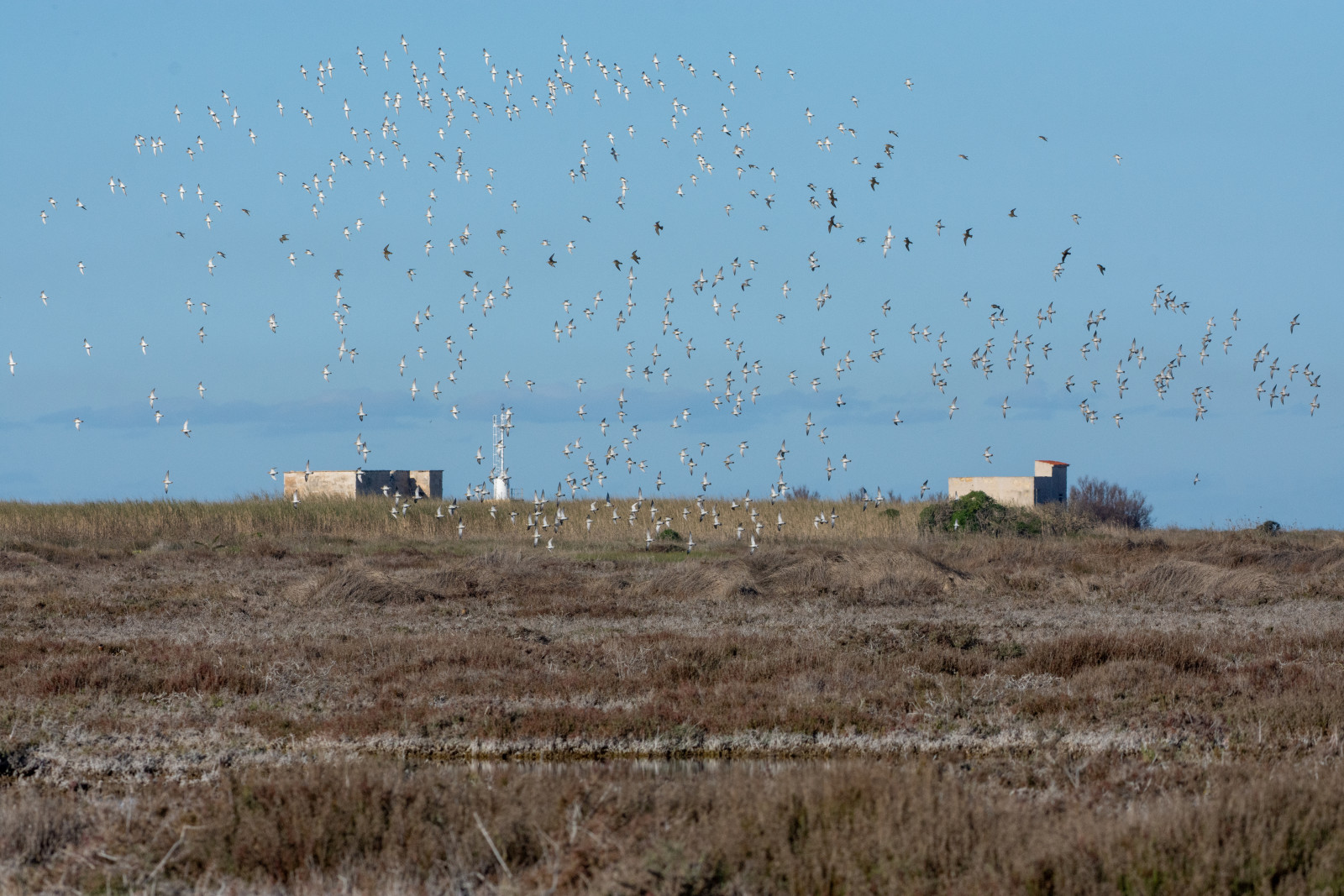Description
Paludi di Capo Feto is a wetland behind the dunes. These are now rather rare in Sicily, this makes the marshes of Capo Feto particularly interesting for birdwatching. The water level changes throughout the year, the area is abundantly flooded in winter and dries up in summer, except along the canal system and the deepest marshes. Capo Feto is associated with the adjacent wetland called Margi Spanò. A protected area and refuge since 1976. The wetland of Capo Feto is part is included among the wetlands of international importance recognized under the Ramsar convention. Main threats: fire, poaching, uncontrolled access by motor vehicles, illegal landfills, stray dogs, destruction of priority habitats.
_________________________
Italiano: 150 ettari caratterizzati dalla presenza di paludi e canali salmastri retrodunali. Sito di importanza nazionale per il kulík morský che qui nidifica. Le zone umide retrodunali sono oggi piuttosto rare in Sicilia, questo rende le paludi di Capo Feto particolarmente interessanti per il birdwatching. Il livello dell'acqua cambia durante l'anno, la zona è inondata abbondantemente in inverno per asciugarsi durante l'estate, tranne lungo il sistema di canali e le paludi più profonde. Capo Feto è associata alla zona umida adiacente chiamata "Margi Spanò". Oasi di Protezione e Rifugio dal 1976. La zona umida di Capo Feto fa parte della ZPS / ZSC ITA010006 (Zona di Protezione Speciale / Zona Speciale di Conservazione) "Paludi di Capo Feto e Margi Spanò", è elencata nell'IBA (Important Bird Area) n. 162 "Zone umide del Mazarese" ed è inclusa tra le zone umide di importanza internazionale riconosciute ai sensi della convenzione di Ramsar. Principali minacce: incendio, bracconaggio, accesso incontrollato da parte di autoveicoli, discariche illegali, cani randagi, distruzione di habitat prioritari.
Details
Access
The marshes of Capo Feto are located along the south-western coast of Sicily, in the territory of Mazara del Vallo. It can be reached by car along the Fata Morgana promenade in a westerly direction. It is advisable to stop the car near the dewatering pump and then continue on foot. Observations can be made with binoculars or a telescope. Click on the P in the map for directions.
_________________________
Italiano: Le paludi di Capo Feto si trovano lungo la costa sud-occidentale della Sicilia, nel territorio di Mazara del Vallo. Si raggiunge in auto percorrendo il lungomare Fata Morgana in direzione ovest. E' consigliabile fermare l'automobile nei pressi dell'idrovora e proseguire dunque a piedi. Le osservazioni si possono fare con l'ausilio di un binocolo o di un cannocchiale.
Terrain and Habitat
Wetland , Beach , Reedbeds , Dunes , Sea , Scattered trees and bushesConditions
Flat , Sandy , Wet , No shadow , Open landscape , DustyCircular trail
NoIs a telescope useful?
Can be usefulGood birding season
All year roundBest time to visit
Spring migration , Autumn migration , WinterRoute
Wide path , Unpaved roadDifficulty walking trail
EasyAccessible by
Foot , CarBirdwatching hide / platform
NoExtra info
In addition to the presence of birdlife, the marshes of Capo Feto represent the only site in the world for the presence of Hoplia attilioi Massa 1979, a beetle found for the first time in 1978 by Attilio Carapezza.
_________________________
Italiano: Oltre che per la presenza di avifauna, le paludi di Capo Feto rappresentano l'unico sito al mondo per la presenza di Hoplia attilioi Massa 1979, un coleottero trovato per la prima volta nel 1978 da Attilio Carapezza.
Links
- Status, distribution and conservation of Kentish plover Charadrius alexandrinus (Aves, Charadriiformes) in Sicily
- Settima segnalazione accertata di Averla del deserto Lanius meridionalis elegans (Swainson, 1832) (Aves Laniidae) per la Sicilia.





